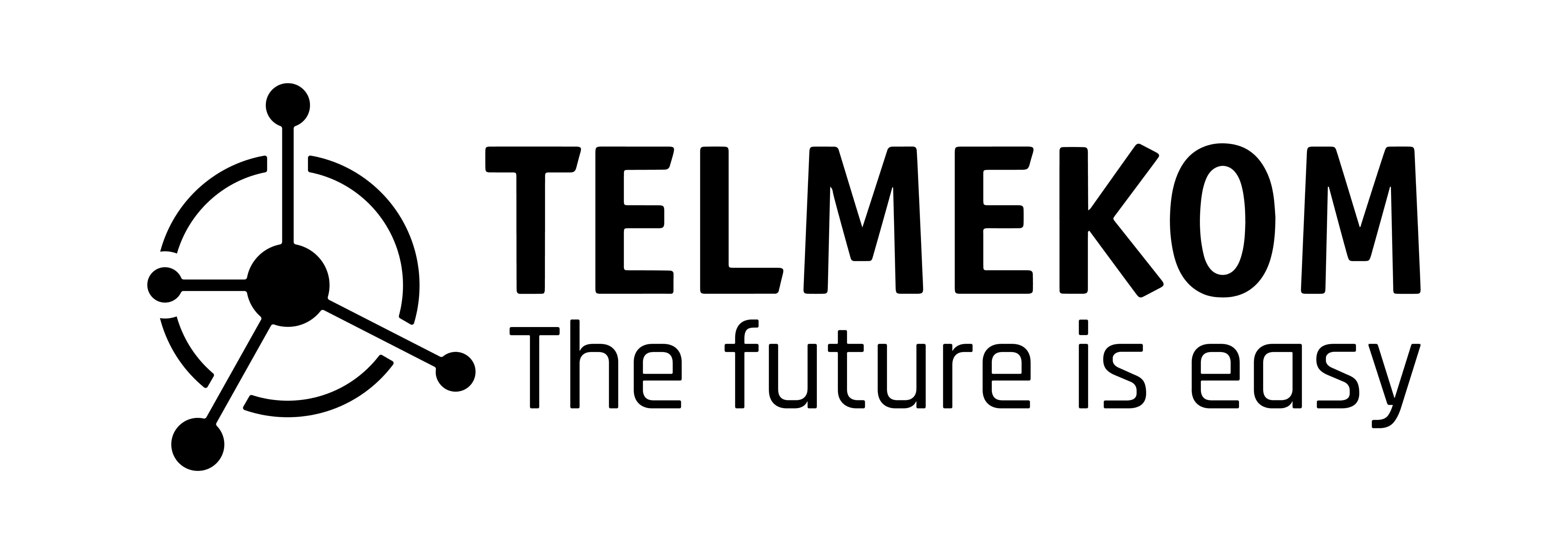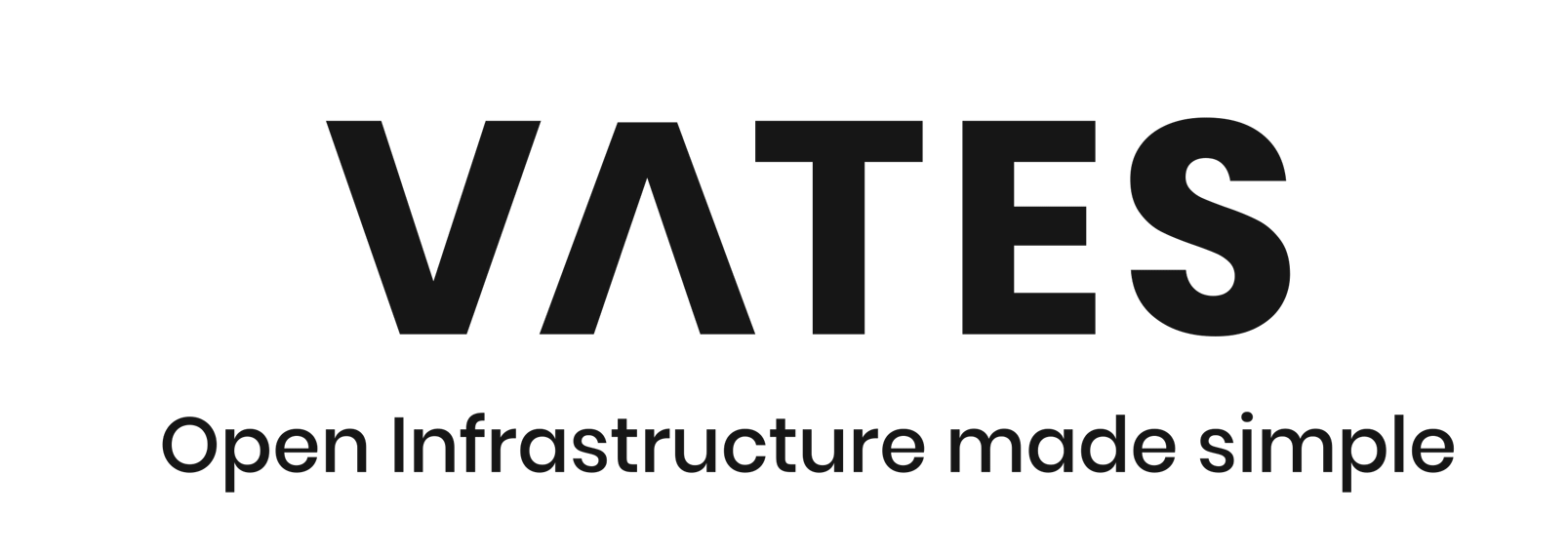The free software movement has come a long way since the 1980s, but so far, it has failed to achieve its primary goal: Most people still use proprietary software and services for everyday computing tasks. One reason for this is that free software applications are difficult to use because they are built by developers for developers.
Over the last two decades, there have been many attempts at improving free software usability and getting more designers involved. However, only a handful of projects have managed to do this in a way where it meaningfully improved the user experience. GNOME and elementary are two of the most prominent projects that have done this successfully and are therefore good case studies to learn from.
I will talk about the history of how these projects came to be design-driven, how they integrated design into the free software development process, and how your project can do the same.





























